There is no denial the draw of premium wine, which piques the interest and palates of wine enthusiasts everywhere. “Wine is one of the most civilized things in the world,” as Ernest Hemingway once remarked, and nowhere is this more evident than in the world of exquisite wines.
The Ingredients of Excellence

The grapes are the cornerstone of any fine wine. Fine wine is made from premium grape varietals including Pinot Noir, Cabernet Sauvignon, and Chardonnay. These grapes are frequently planted in certain terroirs, which give the wine distinctive qualities. The interplay of soil, climate, and terrain, or terroir, is what determines the flavor profile of wine. For instance, Burgundy’s limestone-rich soils yield some of the best Pinot Noirs in the world, which are renowned for their finesse and complexity.
The finest fruit is guaranteed on the vineyard, where meticulous attention to detail starts the manufacture of luxury wines. Only the best grapes can be chosen by hand harvesting, and careful vineyard management techniques like canopy control and green harvesting guarantee the ideal level of grape maturity. Along with using sustainable and biodynamic farming methods, many luxury producers are dedicated to making clean, expressive wines while also practicing environmental responsibility.
The Art of Wine-Making
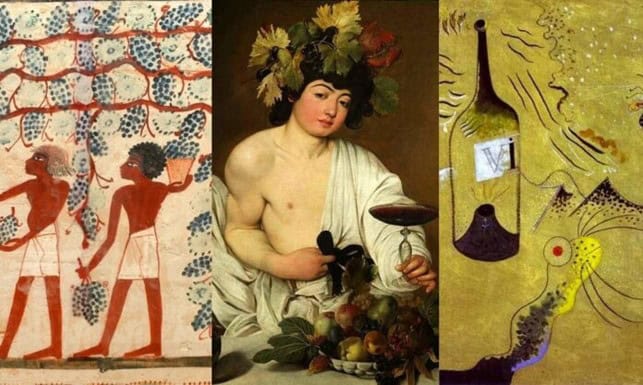
Luxury wines are vinified using a combination of modern techniques and historical methods, with small-batch production providing more control and accuracy. To improve the wine’s depth and complexity during fermentation, methods including temperature control and oak barrel aging are used. The type of oak used, French or American, as well as the length of barrel age, contribute layers of spice, toasty aromas, and vanilla to the wine’s flavor profile.
A key component in the creation of luxury wines is aging. The wine can age longer and acquire more nuanced flavors and aromas thanks to the usage of wood barrels. Tannins are mellowed and the wine’s components are integrated through the interaction of the wood and controlled oxygen exposure. Wines can be aged for a variety of lengths of time; some require years to mature before being released. Wines produced by this method have exceptional depth, balance, and age potential.
Iconic Luxury Wine Regions
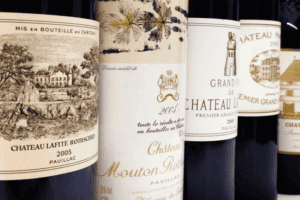
Some of the most renowned wine areas in the world are found in France. Château Margaux and Château Lafite Rothschild are two of Bordeaux’s First Growths that are well-known for their remarkable longevity and quality. Grand Crus in Burgundy, such as Domaine de la Romanée-Conti, yield Pinot Noirs with unmatched delicacy and nuance. Prestige cuvées from Champagne, like as Dom Pérignon and Krug, are associated with celebration and elegance.
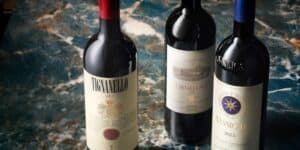
Italy produces some of the world’s most renowned wines; Super Tuscans from Tuscany, such Sassicaia and Ornellaia, blend international grape varietals with traditional Italian winemaking techniques. Piedmont is known for its robust yet refined Nebbiolo grape expressions, which are exemplified by Barolo and Barbaresco.
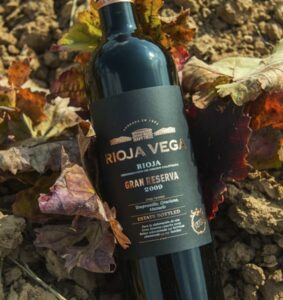
Gran Reserva wines, which are produced in Spain’s Rioja and Ribera del Duero districts, represent the best of Spanish viticulture and have nuanced, mature flavors due to extended age.
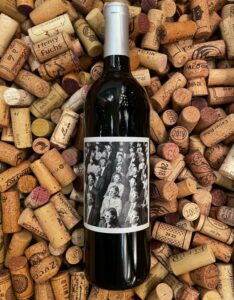 Additionally, the New World has established itself in the market for high-end wines. Cult Cabernets from Napa Valley, like as Screaming Eagle and Harlan Estate, are prized for their richness and intensity. Outstanding Chardonnays and Pinot Noirs that rival those from the Old World are produced in Sonoma due to its varied terroirs.
Additionally, the New World has established itself in the market for high-end wines. Cult Cabernets from Napa Valley, like as Screaming Eagle and Harlan Estate, are prized for their richness and intensity. Outstanding Chardonnays and Pinot Noirs that rival those from the Old World are produced in Sonoma due to its varied terroirs.
Wine Pairing and Gourmet Cuisine

Luxurious wine and food pairings are a science and an art. Traditional combinations, like Burgundy and duck or Bordeaux and filet mignon, bring out the complimentary flavors and textures. Because of its acidity and fizz, champagne pairs well with caviar and oysters, bringing out their subtle, saline aromas.
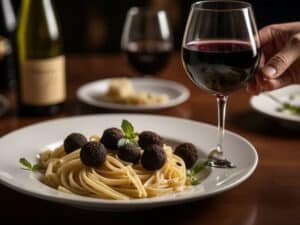
Luxury wines truly shine when paired with gourmet cuisine. Michelin-starred restaurants often feature extensive wine lists curated to complement their dishes. Innovative pairings, such as Barolo with truffle-infused dishes or Super Tuscans with complex, spice-laden fare, showcase the versatility and depth of these wines. Exploring pairings with fusion cuisine and exotic ingredients offers a modern twist on traditional wine pairing principles, creating memorable dining experiences.
The world of luxury wine is a celebration of craftsmanship, tradition, and passion. From the meticulous cultivation of premium grapes to the artistry of vinification and aging, every step in the production of a fine wine is executed with precision and care. As we raise our glasses to the timeless appeal of luxury wines, we are reminded of their ability to connect us with history, culture, and each other. So, indulge in the elegance and sophistication of luxury wines, and savor the journey through their exquisite flavors and aromas.
